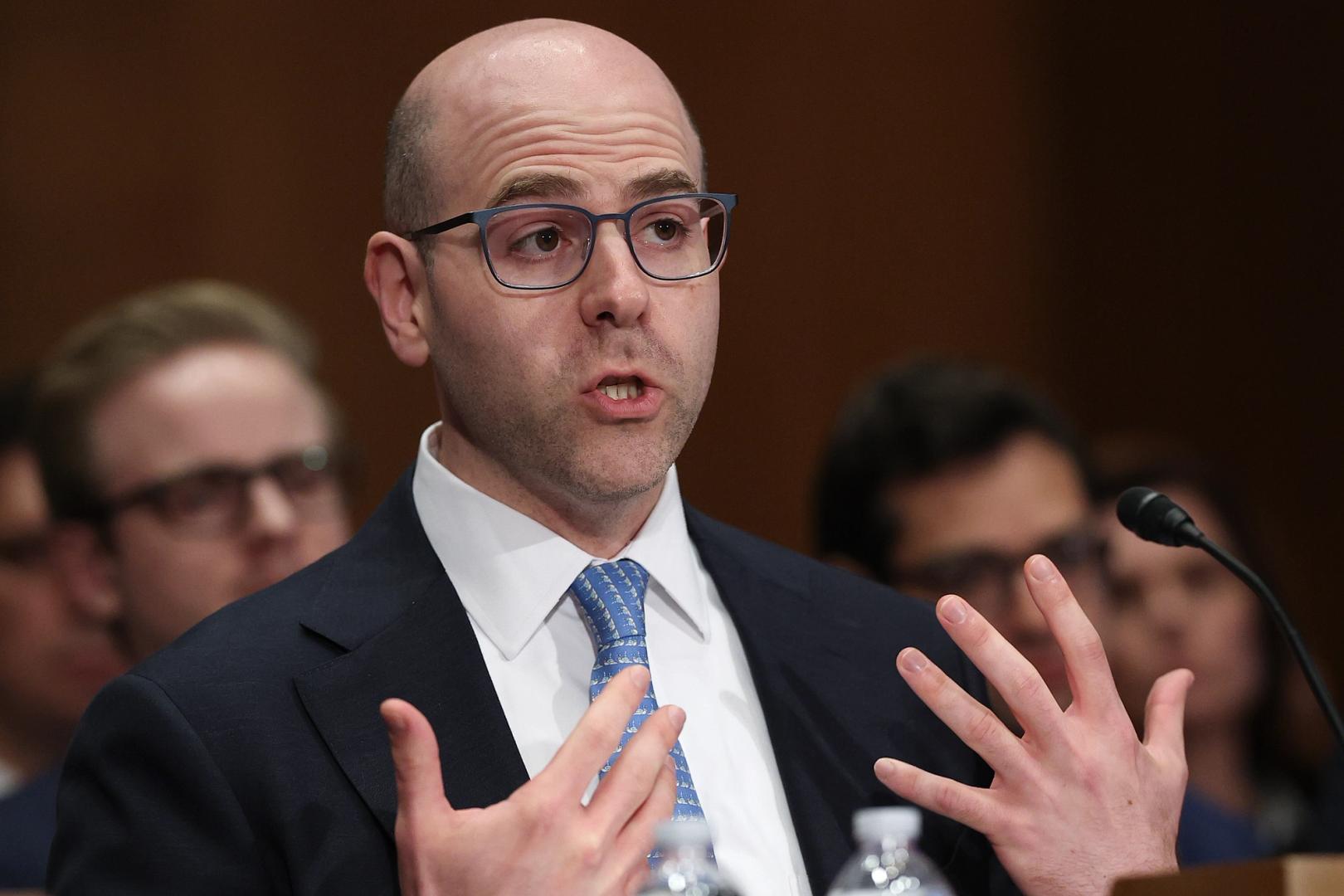Interview: October crypto crash signals end of easy VC money: B2 Ventures
Venture capital investors have heightened the scrutiny of crypto risk, says B2 Ventures founder Arthur Azizov.
- October crash spooked at least some Venture capital investors
- VCs now prioritize infrastructure over crypto products
- Higher interest rates and market maturity mean that investors are more selective
After October’s crypto crash erased billions in value and rattled investor confidence, venture capital is taking a step back from risk. Higher rates, tighter liquidity, and shaken sentiment have forced investors to focus less on token bets and more on the infrastructure keeping the system running.
For Azizov, a long-time fintech founder and investor, this retrenchment marks a turning point. In an interview with crypto.news, he explained that VCs are increasingly turning to infrastructure plays that power the core tech of the ecosystem, and that can withstand the next crash.
Crypto.news: The crypto market recently suffered a crash, with $19 billion in liquidations. How are institutional investors reacting to the crash? Did it make investors reassess risk?
Arthur Azizov: Undeniably, the October flash crash was a wake-up call for the market. From what I’ve observed, the immediate reaction from most institutional investors was a sharp increase in risk scrutiny — the quality of collateral, liquidity sources, and the mechanics of liquidations, let alone leverage. Since then, we’ve seen a clear pause in risk-on behavior, with many funds tightening exposure, raising internal risk thresholds, and demanding more transparency from venues and counterparties.
Some VCs have slowed deployment, prioritizing startups with robust risk systems or direct infrastructure impact over speculative applications. Meanwhile, the most seasoned institutions view this as an opportunity to double down on builders who can handle stress cycles. In short, there’s now much greater focus on capital efficiency, stress testing, and real-time risk analytics, on both the investment and product sides.
CN: What themes are forward-looking crypto VCs focusing on right now, and where will the next investment wave go?
Azizov: From where I stand, the most forward-looking VCs are moving beyond narratives and switching their attention from “crypto products” to “crypto infrastructure.” I expect this trend will continue to define 2026. We’re already seeing strong momentum in tokenized real-world assets, market-neutral yield strategies, and middleware that connects traditional finance with on-chain liquidity.
There’s also a growing focus on data and risk intelligence — projects that help institutions measure exposure, collateral, and execution quality in real time. At the same time, the AI investment wave isn’t fading. In Q2 alone, five U.S. AI startups raised over $1 billion each, while AI overall accounted for 35.6% of deal count and nearly two-thirds of U.S. VC deal value in 2025.
In that sense, the next wave will be about scaling what already works — often by experimenting and iterating with AI, rather than reinventing use cases from scratch.
CN: VC investments are also becoming more consolidated, with fewer firms landing the biggest deals. In your opinion, is this a sign of maturation, risk aversion, or something else entirely?
Azizov: I find this consolidation to be the result of natural market evolution. It’s tempting to call it just “risk aversion,” but in reality, it reflects a maturing market. The early days of widespread funding were about searching for breakout ideas; today, the bar is much higher. Investors are backing teams that can effectively address regulatory bottlenecks, deliver institutional-grade products, and show traction in tough conditions.
It’s also a matter of trust and expertise. Larger funds with real domain knowledge are better positioned to assess deal opportunities and support founders through periods of volatility. As a result, we’re seeing capital concentrate around proven managers and infrastructure projects with a clear path to scaling. Overall, I think this is healthy.
CN: You mentioned that today’s bar is much higher for teams seeking funding. How do you personally decide what projects to invest in, both at the level of individual teams and companies?
Azizov: For me, it always starts with a team’s ability to execute under pressure and adapt to drastically changing market or regulatory realities. I look for founders who are obsessed with their product, but also humble enough to iterate or learn quickly. Operational discipline and clarity of vision are non-negotiable.
On the company and industry level, I’m interested in solutions that compound liquidity or infrastructure efficiency — areas like risk engines, cross-market connectivity, tokenized assets, or data analytics. To me, sectors that create real utility, even in challenging conditions, always stand out.
In other words, my filter is simple: “Will this project still matter if the market gets rough?” If the answer is “yes,” and the team can deliver, it’s worth backing. Everything else is just noise.
CN: Are there any opportunities or trends in the blockchain and Web3 industry that most institutional investors are overlooking?
Azizov: Absolutely. Many institutional investors still lean toward high-profile narratives or “headline-worthy” use cases, but, as I mentioned, some of the most impactful opportunities are in the market’s plumbing. Take perpetual futures, for example. Perps have become the backbone of risk transfer in digital assets, creating a continuous, liquid venue for hedging, enabling unified collateral management, and setting new standards for risk engines.
The broader market often underestimates their role in compressing fragmentation, driving efficiency, and laying the groundwork for institutional adoption. But I think this will change soon — perps already account for over 68% of derivatives trading in Bitcoin, and I’m sure that share will only grow as more institutions realize their importance.
CN: To conclude, how does venture capital respond to the macro factors that influence the crypto industry? How do monetary and trade policies factor into VC investment decisions?
Azizov: Macro factors are now front and center for every serious VC. For a long time, crypto felt disconnected from global cycles, but that has changed. Today, monetary policy, real yields, and even geopolitical trade tensions head directly into deal flow and project viability. Higher rates have made investors more selective, switching attention from “growth at any cost” to clear business models and sustainable unit economics.
This new environment means only the most adaptable teams and the most resilient infrastructure will attract capital, as volatility now isn’t an exception anymore — it’s a given. That’s why I’m convinced that if you can turn that uncertainty into an edge, you’ll be both surviving the cycle and building the foundations for what comes next.
You May Also Like

U.S. Fed's Miran Says Policy Needs to Adjust to Stablecoin Boom That Could Reach $3T

Dogecoin Price Prediction For 2025, As Analysts Call Pepeto The Next 100x
